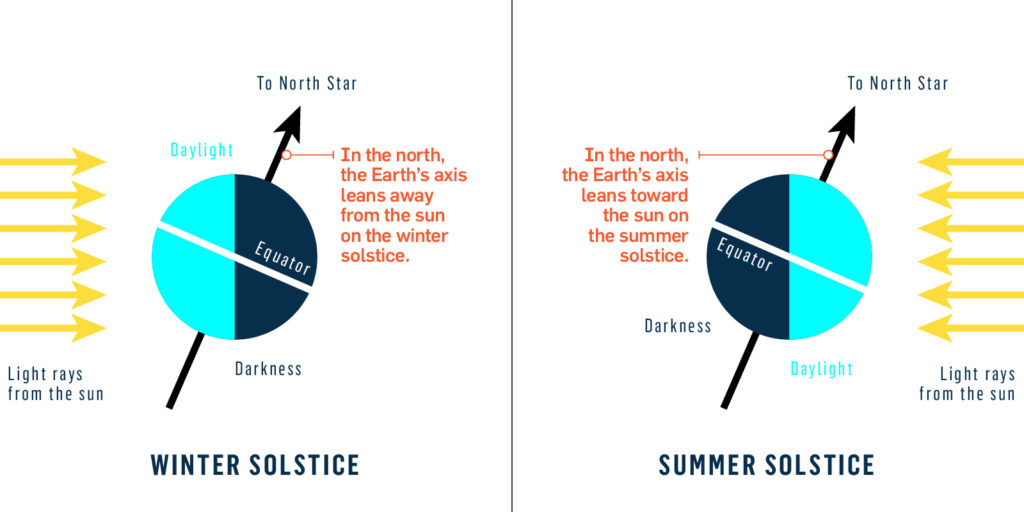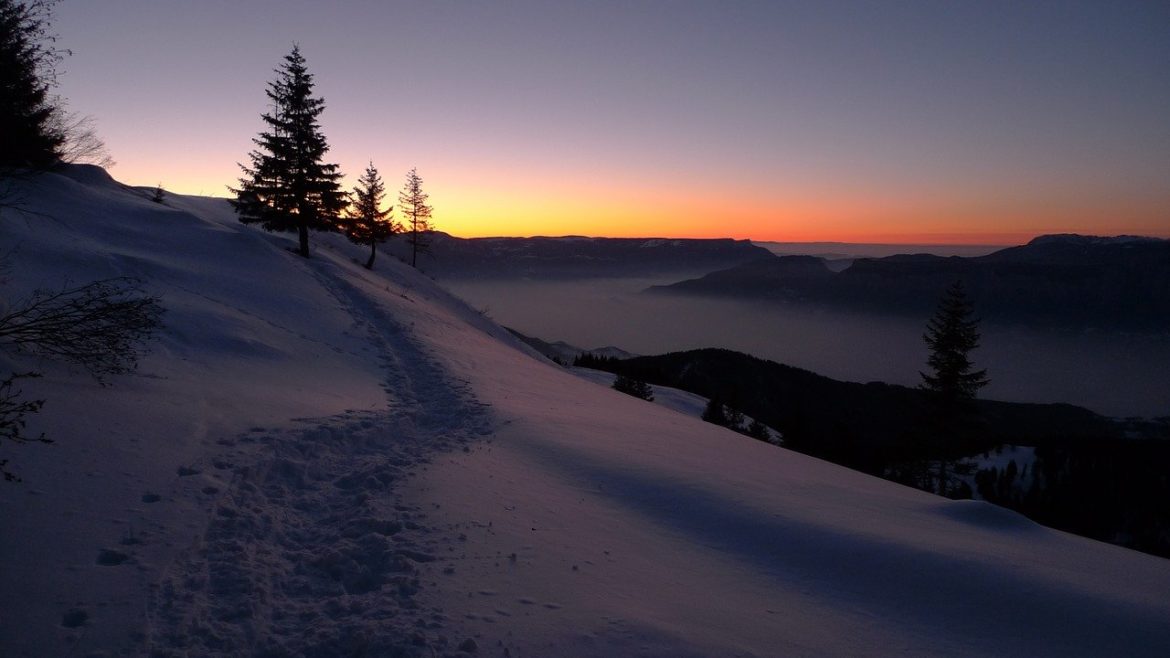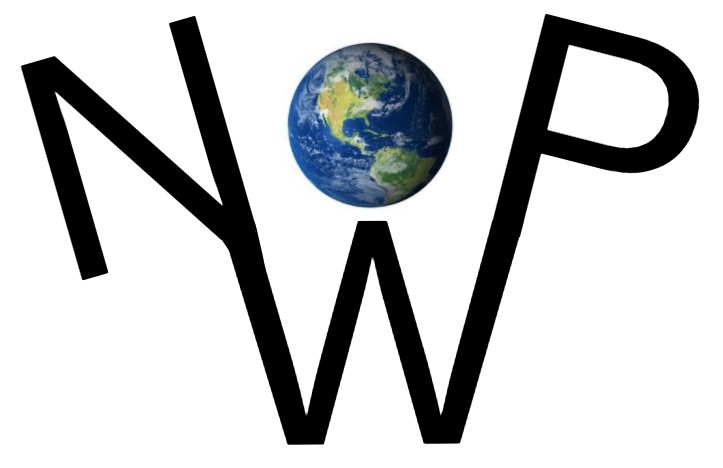Solstice– “So today is the shortest day of the year in the northern hemisphere, and tonight will be the longest night.“
The following written content by Katie Peek
Here’s how it works.
1. When is the 2020 winter solstice, exactly?
Pretty much right now. The winter solstice always occurs when the sun is right smack dab on top of the Tropic of Capricorn, which is 5:02 a.m. eastern time on December 21. Depending on when exactly that special moment falls, the solstice can get split into two separate days for various time zones across the northern hemisphere. But this year, we’re all on the same page.

2. What is the solstice, anyway?
It’s the precise moment that the north pole of the planet points most directly away from the sun. The Earth’s axis—the line that the planet spins around—always points at a fixed spot in space very near the North Star. As the Earth makes its yearly orbit, the axis sometimes leans toward the sun, sometimes leans away, and the rest of the time is somewhere in between. The summer solstice is when the axis points toward the sun, the winter solstice is when it points away.
3. So what does that mean here on Earth?
When the axis is leaning away from the sun, a spot on the Earth’s surface will spend more time in the dark than it does in the light. And when it leans toward the sun—like the southern hemisphere currently is—a spot on the globe spends more time in the light than in the dark. On the solstice, that effect is strongest.
So today is the shortest day of the year in the northern hemisphere, and tonight will be the longest night.
4. Do those shorter days explain why winter is cold? Because there are fewer hours of sunlight?
In part. But the bigger reason has to do with the angle of the sun’s light. In the winter, the sun is pretty low in the sky all day long, so the sun’s rays are less intense. They hit the ground at a more glancing angle than they do in the summer. That means the same amount of sunlight is spread out over a larger area. Less intense sunlight, means less heat. That makes it colder. Read more from Popular Science.
Follow similar interesting non political news stories from News Without Politics





